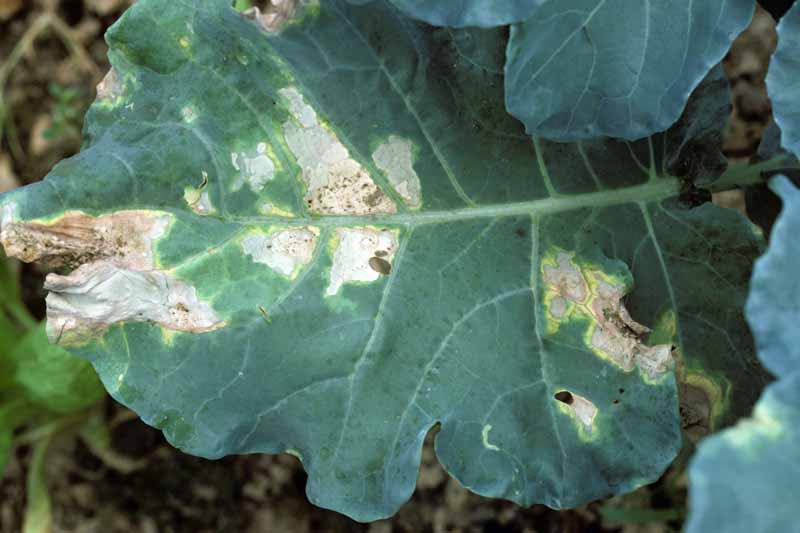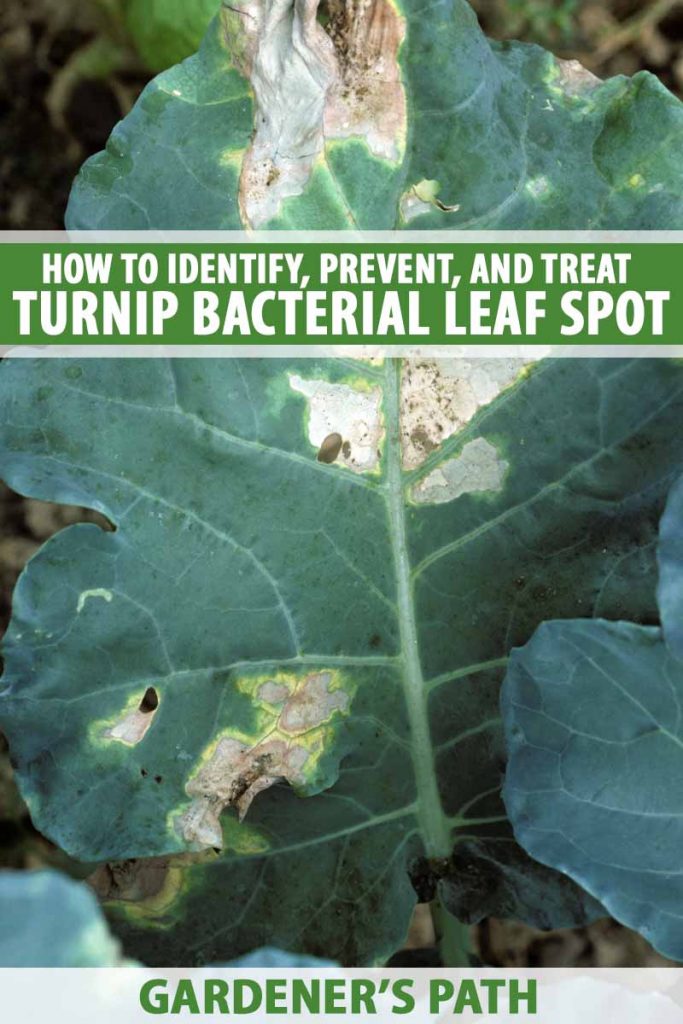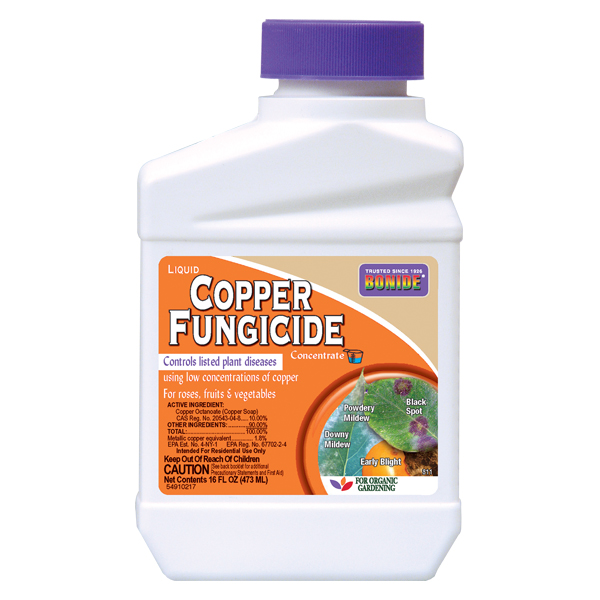Pseudomonas syringae pv. maculicola and Xanthomonas campestris pv. amoraciae
Bacterial diseases of turnip leaves are very serious infections.
There are no highly effective controls for them, and once they have infected a field, the diseases can quickly spread throughout a whole field and render the greens inedible.
In addition to black rot of turnip, there are two types of bacteria that cause leaf spots: Pseudomonas syringae pv. maculicola and Xanthomonas campestris pv. amoraciae.

We link to vendors to help you find relevant products. If you buy from one of our links, we may earn a commission.
Prevention is the best bet. Read on to learn how to prevent bacterial leaf spot in turnips.
What You Will Learn
Symptoms
Infections by both types of bacteria start out as pinpoint watersoaked lesions on the leaves. However, the lesions of Xanthomonas start out olive green, while those of Pseudomonas are brown.
As the lesions grow larger and join together, they become yellow at the edges and look like halos. These halos are more noticeable in Xanthomonas infections.

The bacterial leaf spot caused by Pseudomonas is also called peppery leaf spot because the lesions look “peppery.”
When infections are severe, the leaves can become brittle and die.
Conditions That Favor Infection
Both types of bacteria spread rapidly in wet weather. While the infections typically arise from infected seed, once the bacteria are on the leaves, they can be splashed to new plants by rain or irrigation.
These diseases can also be spread by equipment or even on contaminated boots.
The bacterial leaf spot caused by Pseudomonas is likely to be a problem in the early spring or fall because the bacteria thrive at cooler temperatures. It is most likely to cause infections when the daytime highs are 65 F to 75 F.
In contrast, the disease caused by Xanthomonas is more likely to occur at warmer temperatures such as during the summer.
How to Prevent Bacterial Leaf Spot
Since these diseases are so difficult to eradicate once they develop, preventing infection is critical.
Only Use Quality Seed
Since the most common way that your plants can get infected is contaminated seed, starting with high quality seed can greatly minimize the chances of infection.
To avoid disease, many seed companies grow their plants in dry climates, which are much less likely to have bacterial infections.
Seeds are often tested for black rot. This test will detect the closely related bacteria that cause the Xanthomonas leaf spot. However, there is no test for the bacterial leaf spot caused by Pseudomonas.
If you are not sure about the quality of your seed, you can heat treat it by soaking the seeds in hot water for 20 minutes at 122 F. The Ohio State University offers instructions on how to treat your seeds.
However, even if you start with disease-free plants, nearby gardens or weeds can be a source of infection.
Crop Rotation
These bacteria do not survive well in the soil, but they can persist on plant debris. You can avoid infection from previous crops if you plant on soil that has been free of crucifers for the previous two years.
Control Weeds
Since wild crucifers can be hosts for the bacteria that cause leaf spot, controlling weeds can greatly reduce the chance of infection. Wild mustard, shepherd’s purse, wild radish, and swinecress are all common cruciferous weeds that can harbor these pathogens.
Sanitation
Be careful not to transfer soil from areas that have disease to plants that have not been infected. Clean your hands, boots, and tools between areas.
Also, don’t work in your garden when it is wet because that can easily spread the pathogen between plants.
Irrigation
In addition to the possibility of spreading the bacteria by the water that splashes during the irrigation process, frequent irrigation keeps the plants moist and favors the development of bacterial leaf spot.
Treating Infected Turnip Plants With Copper
If you catch the disease early, you have some chance of saving the rest of your plants if you apply copper sprays. Liquid copper is available from Arbico Organics.
BONIDE® Liquid Copper Fungicide
Be sure to spray the tops and bottoms of the leaves. Spray every 7-10 days throughout the growing season, and reapply after rain.
However, if the environmental conditions favor infection, you may not be able to save your crop.
Bacterial Leaf Spot Can Threaten Your Turnip Crop
The diseases caused by Pseudomonas syringae pv. maculicola and Xanthomonas campestris pv. amoraciae spread quickly and can devastate whole plantings of turnips.
Planting clean seed is a critical way to avoid infection. However, the disease can spread from weeds and nearby gardens or fields, so you need to stay vigilant.
Applying copper at the first sign of infection might be able to save your crop, but there are no guarantees.
Have you faced bacterial leaf spot on your turnips? If so, let us know how it turned out in the comments.
And read on for information on other diseases of turnips to include:
© Ask the Experts, LLC. ALL RIGHTS RESERVED. See our TOS for more details. Product photo via BONIDE®. Uncredited photos: Alamy and Shutterstock.

